Sidrabene 1953
DMC: Project Proposal Content Samples
Historical Context
Latvia was occupied by Soviets 1940–41 and Nazis 1941–44, when the the Soviets returned. Having witnessed the terrors of the first Soviet occupation and fearing for their lives and those of their children, thousands fled west, commonly spending years in refugee camps before settling in their new home countries. The introduction to the project will share the details of some of the lives of Sidrabenes founders before and during the war, to set a context of what lives they left shorty before creating new micro-worlds in exile. What motivated them? What fuelled their energy to build robust new communities? Did the clown in the 8mm films fight in the war? Did the camp director escape the gulag?

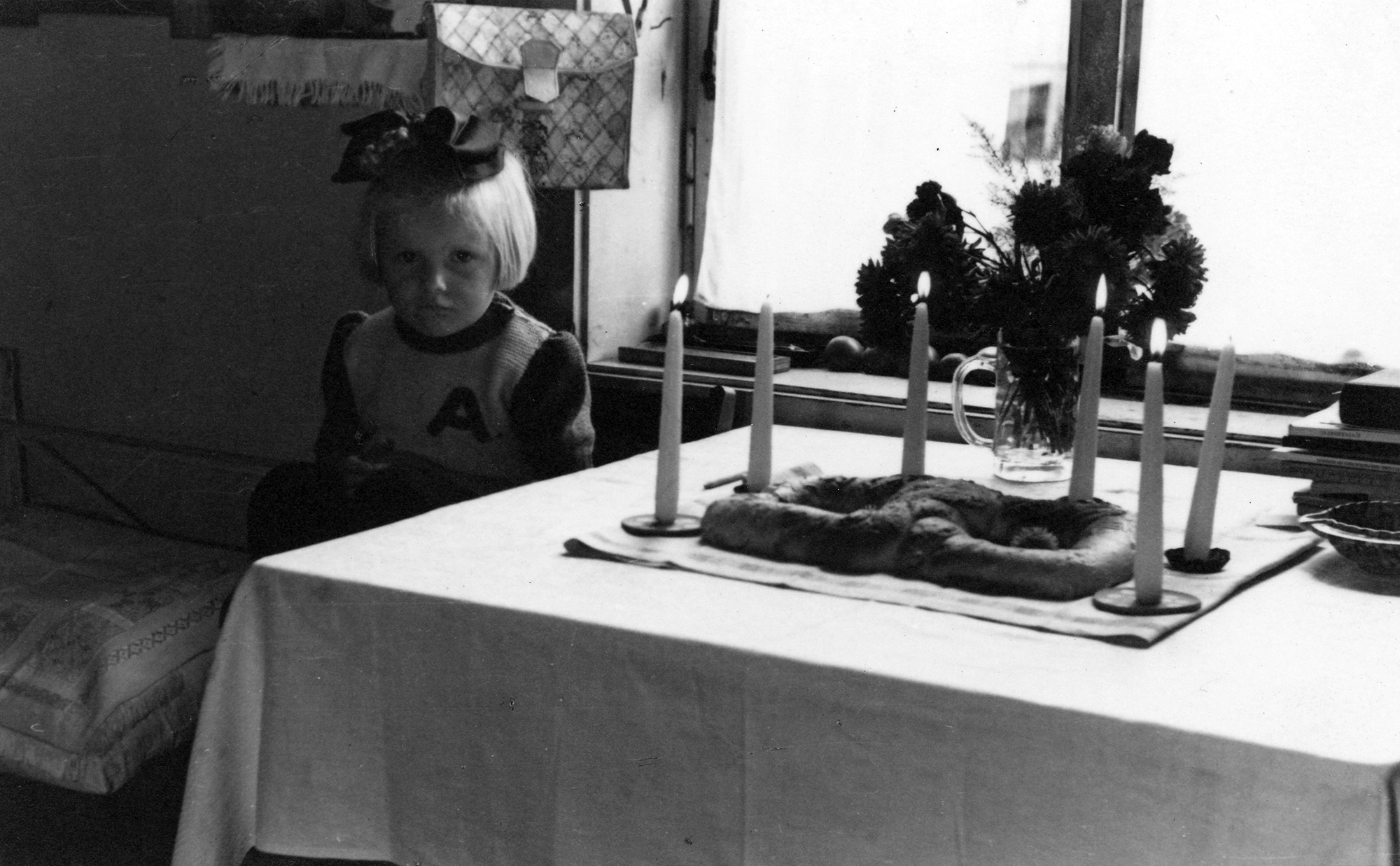

ABOVE LEFT: Sidrabene founder Rev A Cops with his wife in Latvia before the war | ABOVE RIGHT: Their daughter Astrida on her fifth birthday in a refugee camp, a year before arriving in Canada through Halifax on Christmas Eve 1949.
Translated excerpt from Rev. Ā. Čops memoirs, written 1974 in Latvian:
‘‘In the evening we piled pillows, furs, and blankets into the sleigh and rode into the forest for the night. My parents worried that if the militia couldn’t find my father, they would take me as a hostage, so we both went. My father, being a forest ranger, knew all the winter trails and thickets. I remember a cold but clear and windless night – the snow crunched under the sleigh’s runners, steam blew out of the horse’s nostrils, my father’s moustache was frosted. We drove into a group of large pines, then into a thicket of young trees. We tied up the horse, released the clutch straps, covered the horse with a blanket and set a pile of hay in front of him. Then we climbed under our furs and blankets and tried to fall asleep. But sleep did not come.
‘‘In the evening we piled pillows, furs, and blankets into the sleigh and rode into the forest for the night. My parents worried that if the militia couldn’t find my father, they would take me as a hostage, so we both went. My father, being a forest ranger, knew all the winter trails and thickets. I remember a cold but clear and windless night – the snow crunched under the sleigh’s runners, steam blew out of the horse’s nostrils, my father’s moustache was frosted. We drove into a group of large pines, then into a thicket of young trees. We tied up the horse, released the clutch straps, covered the horse with a blanket and set a pile of hay in front of him. Then we climbed under our furs and blankets and tried to fall asleep. But sleep did not come.
I looked to the clear sky. I had never observed such colourful stars. I remembered the ev
ening song: The stars shimmer like gold, I will be bright like the stars. Then we heard gunfire in the distance – rounds and single shots. My father remarked: The bolsheviks are shooting people. And they were. In this manner we spent many nights deep in the woods, listening to people getting shot.’’
Paths to Ontario
Canada welcomed war refugees with employment opportunities on farmland across Canada. Rev. Cops' brother-in-law John arrived in Canada first, and was heading to the prairies when they stopped at Union Station for lunch. A man with a love for glitz and glam, when he set his eyes on the Royal York Hotel on Front Street, he knew he had to stay. When the employment coordinator announced that the Eaton Farm in King City just outside of Toronto needed two poultry farmers for their 600 chickens, he quickly volunteered, even though he had only had six chickens at home. After settling in King City, he sponsored the Cops family's immigration. They docked in Halifax on Christmas Eve 1949, and arrived in King through the train station which now stands preserved at the King City Heritage and Cultural Centre. After a few years of life on the farm, John moved on to the Eaton's department store, and Ādolfs left his farming life to take up his position as the Lutheran Pastor of the newly founded Latvian Congregation. This is just one example of the path followed by Baltic immigrants to settle into their new lives in Canada.






Resourcefulness Through Community Support
The 40-acre property which became Sidrabene was purchased from the Zimmerman family with the financial support of fifteen community investors. Supplies were gathered through donations, and contruction work was DIY—summer campers slept in military tents donated by the Canadian Armed Forces, and the first dining hall was constructed by building a floor between two discontinued TTC streetcars. Tall grasses were mowed, trees planted, roads carved out, cabins built, wells installed—generally by men in white shirts and suit pants with cigarettes dangling from their lips.

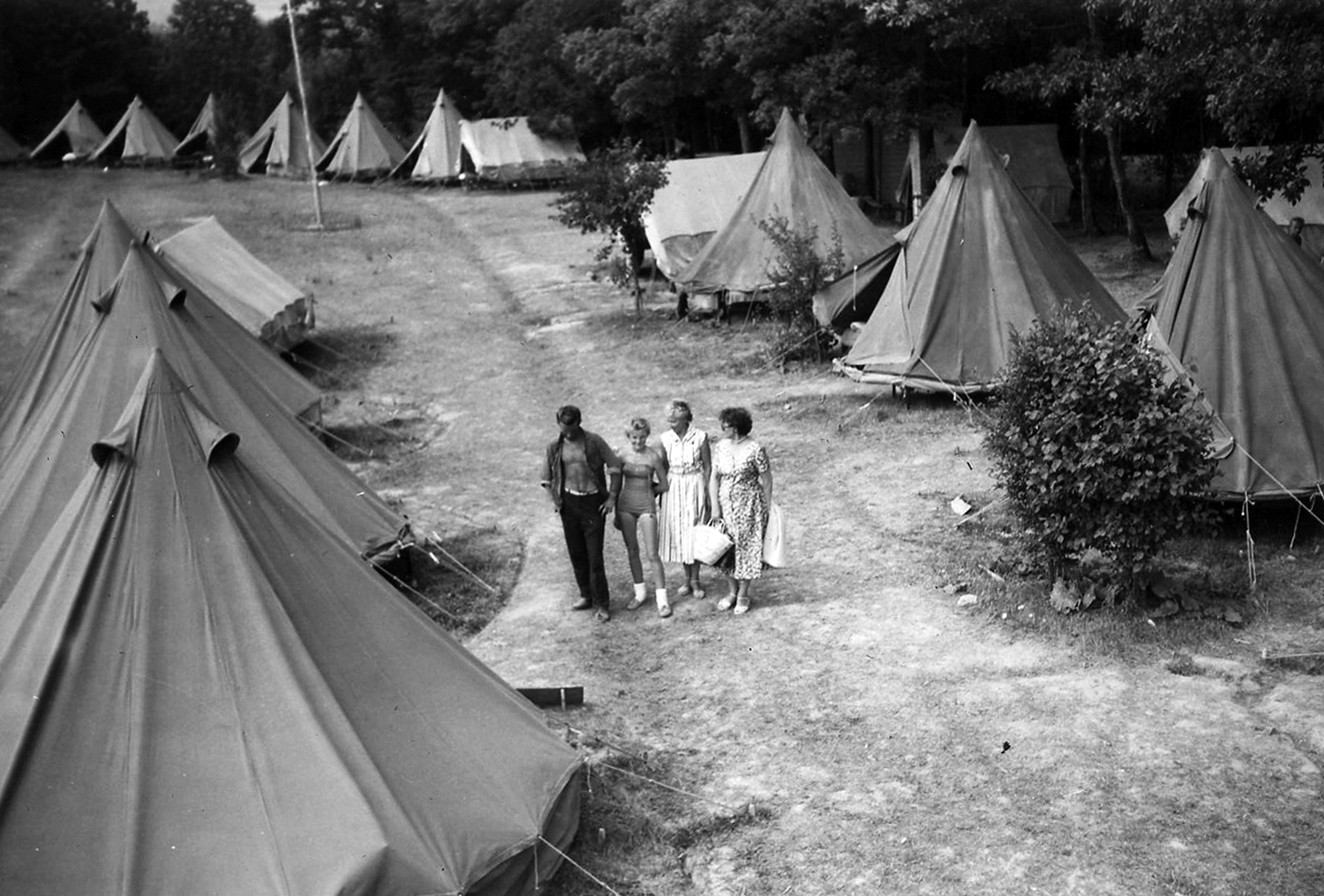

1950s | Tents for campers were donated by the Canadian military






1950s | SLIDESHOW: Two donated discontinued TTC streetcars were used as the foundation for the construction of the first dining hall







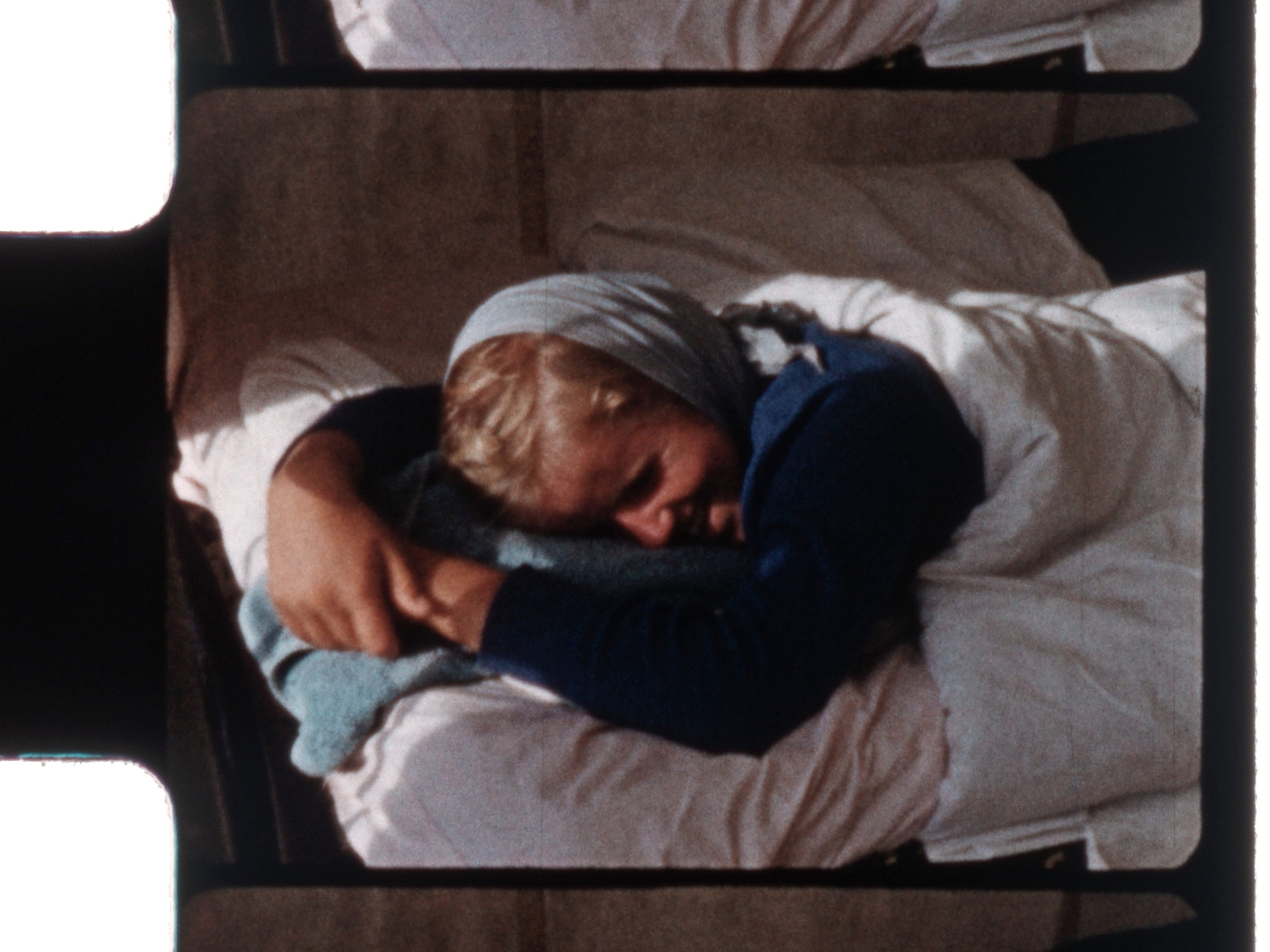







1950-60s | 8mm film stills
Altered Land
Immigrant communities leave traces on the land they have settled on, changing its landscape, composition, and function forever. Rev Ā. Čops chose the location for Sidrabene because of Bronte Creek. Fishing had sustained him throughout his happy childhood in Latvia and on his escape from Latvia through Europe, when he fished to eat and trade for bread and milk. When he caught a trout in Bronte Creek, he said “This is the place.” (A trout now decorates his memorial stone, below). While celebrating Canada's communities and cultural diversity, it's important to note and understand the ways that our activities have altered native land.








2022 | FROM ABOVE LEFT: 1950–60s. Carving out roads, building the outdoor church, planting trees, burning leaves. | 2022. Remaining original signage in Sidrabene from the 1950-60s: “We are not responsible for cars or the things in them” & “We ask you to notice cleanliness and order. Extinguish campfires before leaving. Quiet time 10pm–7am.”
Epilogue: 1953–2023
After 70 years, Sidrabene is currently experiencing a rebirth, which younger generations getting more invloved since the pandemic. Many of the original structures and traditions have prevailed.









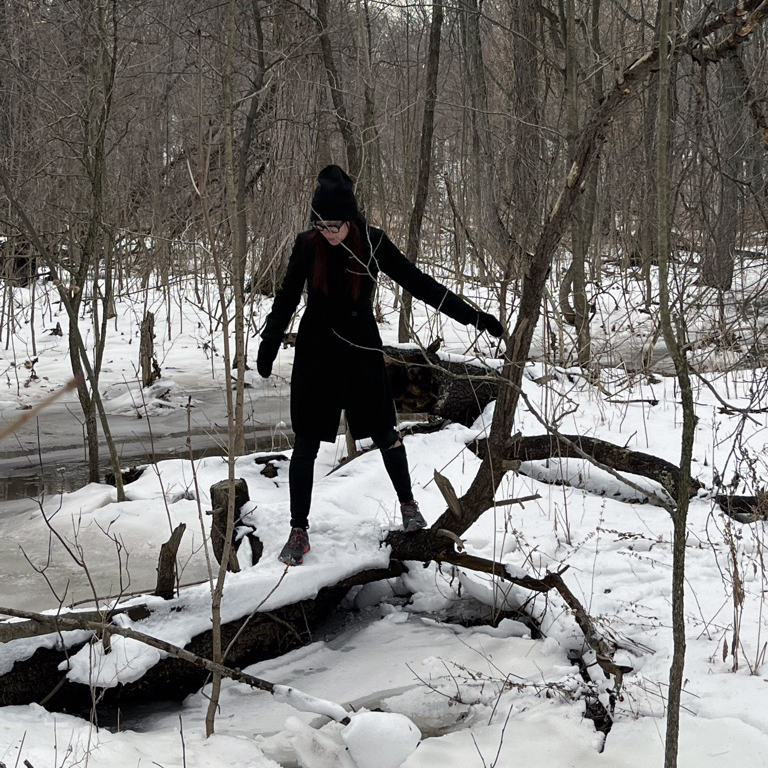




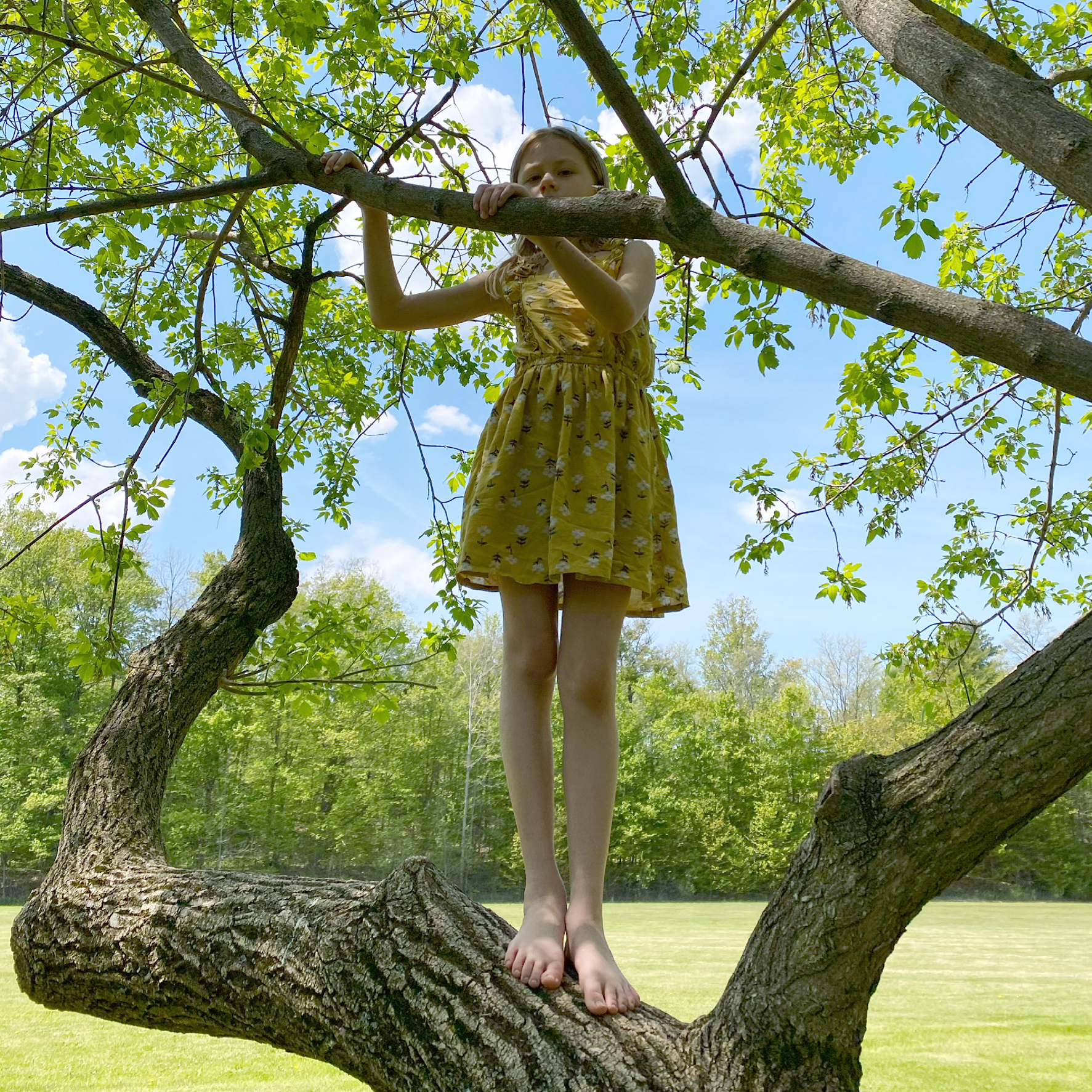

2022 | Various images of Sidrabene today
